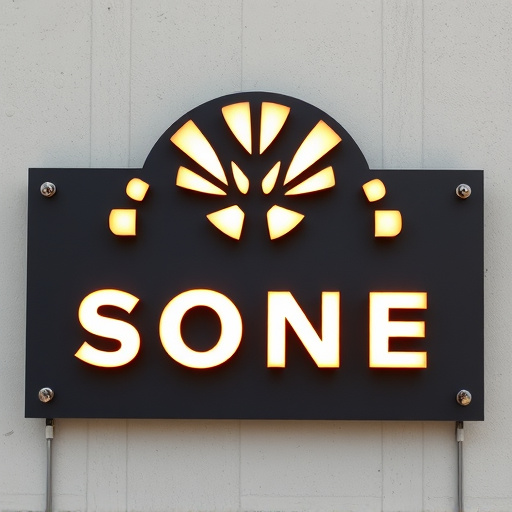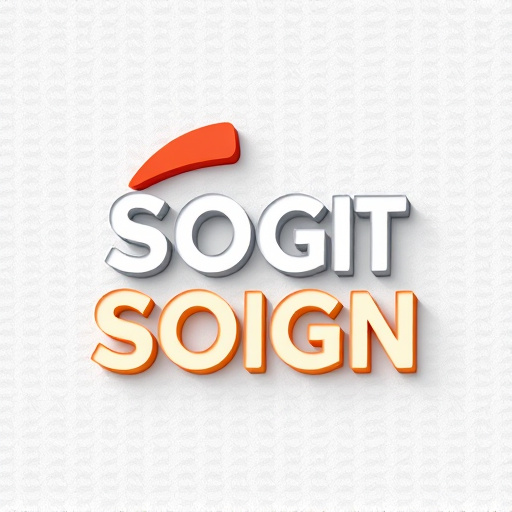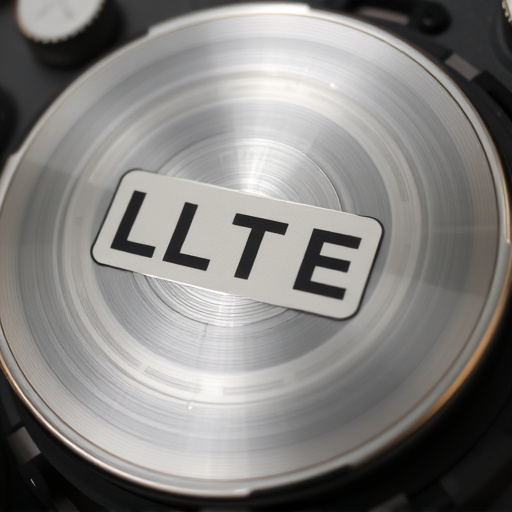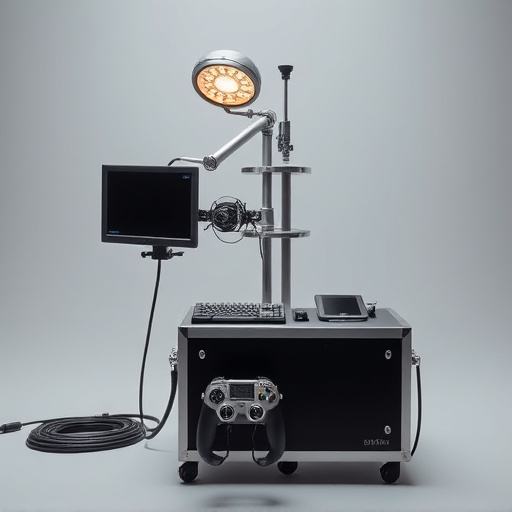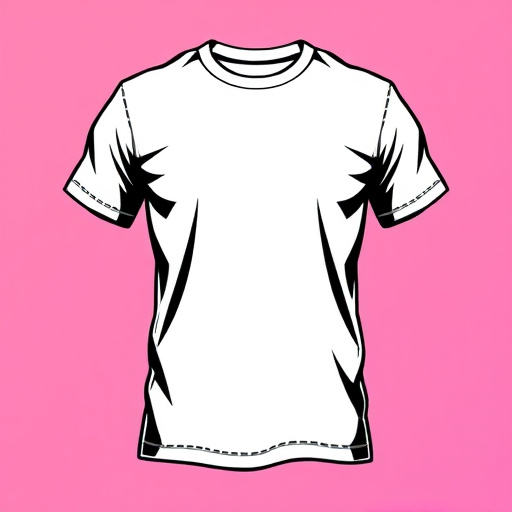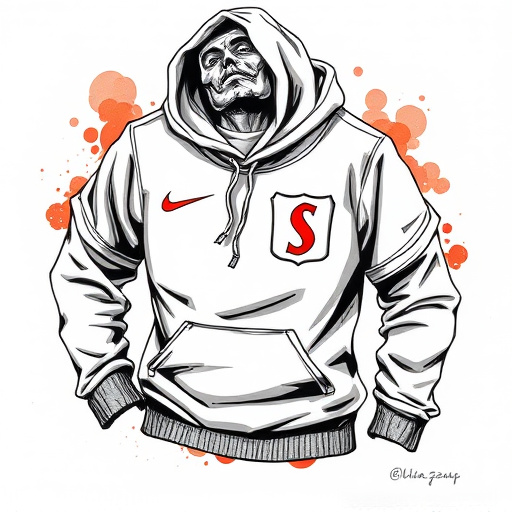DTF Transfer Benefits have transformed the printing industry, particularly in custom apparel production. This technology allows for direct, high-quality printing on fabrics using a heat press, enabling intricate designs and vibrant colors. Streamlining data transfer, DTF revolutionizes manufacturing by swiftly reproducing complex designs at scale while maintaining cost-efficiency, accuracy, and improved image quality.
In an era defined by digital transformation, understanding and harnessing the power of Direct Transfer Function (DTF) technology is paramount. This article delves into the multifaceted DTF Transfer Benefits, exploring how this innovative approach facilitates seamless data exchange across diverse sectors. From enhancing manufacturing precision to revolutionizing secure data sharing in healthcare, DTF Transfer Benefits are reshaping digital interactions. We dissect its advanced applications, future prospects, and the challenges that lie ahead, shedding light on this game-changing technology.
- Understanding DTF Transfer Benefits
- – Definition and overview of DTF (Direct Transfer Function)
- – How DTF transfers benefits across different systems or platforms
Understanding DTF Transfer Benefits
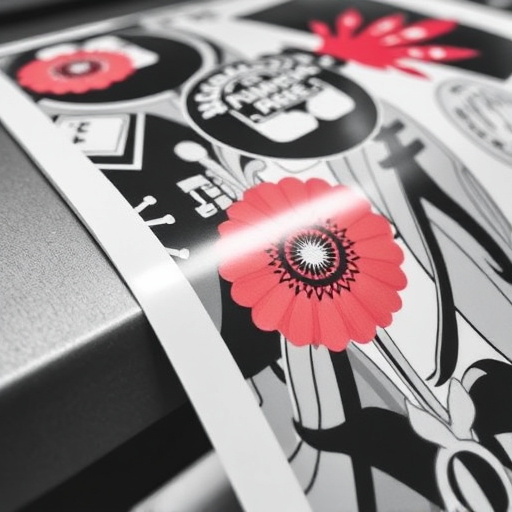
The DTF (Direct-to-Garment) Transfer Benefits are a game-changer in the printing industry, especially when it comes to custom graphic tees and similar products. This cutting-edge technology allows for precise and high-quality printing directly onto various materials, including fabrics. Unlike traditional methods that often involve multiple steps and can be time-consuming, DTF offers a streamlined process. With a DTF printer, businesses and individuals can create intricate designs with vibrant colors and exceptional detail.
This innovative approach is particularly beneficial for those seeking to produce custom apparel, as it enables the efficient transfer of graphics from digital files directly onto garments. Whether you’re looking to print on Custom graphic tees or explore other materials, DTF offers a versatile solution. The heat press plays a crucial role in this process, ensuring that the design is permanently fixed onto the fabric, making it ideal for creating unique and personalized products with ease.
– Definition and overview of DTF (Direct Transfer Function)

Direct Transfer Function (DTF) is a cutting-edge technology that facilitates the direct transfer of design data to various materials, opening up a world of possibilities for creators and manufacturers. This innovative process eliminates the need for intermediate steps, enabling efficient production of custom designs on a range of surfaces, from textiles to metal. By using DTF, businesses can streamline their manufacturing processes, offering clients faster turnaround times and unparalleled customization.
The benefits of DTF Transfer Benefits are far-reaching. In the context of bulk dft shirt production, for instance, it allows for complex and intricate designs to be reproduced with precision and speed. Using a heat press, manufacturers can swiftly apply these designs onto fabrics, ensuring high-quality outcomes while keeping costs relatively low. This technology is not just limited to textiles; it revolutionizes product customization across multiple industries, fostering creativity and enabling businesses to deliver unique, personalized items at scale.
– How DTF transfers benefits across different systems or platforms
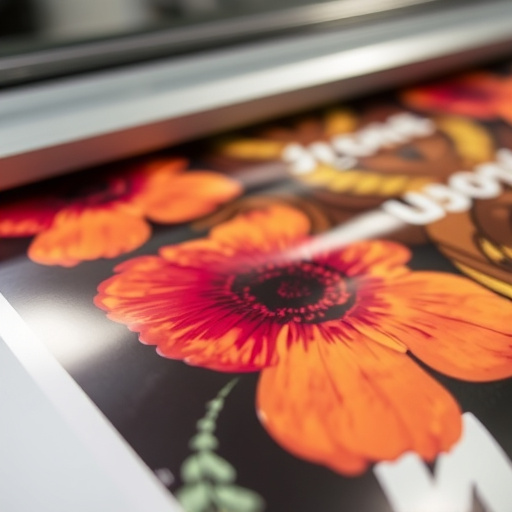
The DTF Transfer Benefits system enables seamless data and image transfer between various platforms and systems, making it a powerful tool in many industries. This technology ensures that information is shared efficiently and accurately, bridging the gap between different software applications or hardware components. For instance, in the apparel industry, cold peel DTF transfers allow for precise printing on light fabrics, enhancing product quality and design versatility.
DTF (Direct to Fabric) for Apparel leverages this transfer method to offer a range of advantages, including faster production times, improved image resolution, and enhanced color accuracy. By facilitating DTF printing for light fabrics, businesses can cater to diverse customer preferences while maintaining high-quality standards. This capability has revolutionized the way apparel manufacturers operate, enabling them to adapt quickly to changing market trends and consumer demands.
The advanced applications of DTF Transfer Benefits showcase their versatility in revolutionizing data exchange between disparate systems. By understanding how DTF seamlessly transfers benefits, we can unlock new possibilities for efficient, secure, and standardized data management across various platforms. This not only enhances operational workflows but also paves the way for more innovative solutions in today’s digital era.
